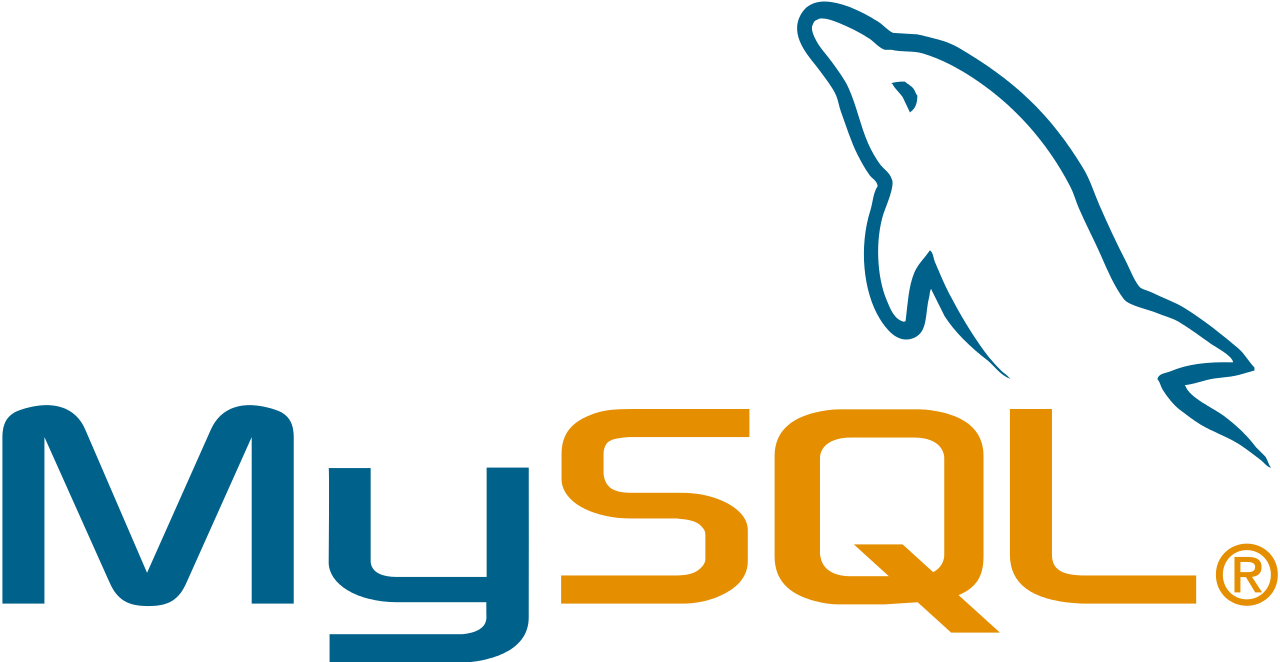SQL stands for Structured Query Language SQL lets you access and manipulate databases SQL became a standard of the American National Standards Institute (ANSI) in 1986, and of the International Organization for Standardization (ISO) in 1987
SQL can execute queries against a database SQL can retrieve data from a database SQL can insert records in a database SQL can update records in a database SQL can delete records from a database SQL can create new databases SQL can create new tables in a database SQL can create stored procedures in a database SQL can create views in a database SQL can set permissions on tables, procedures, and views
Although SQL is an ANSI/ISO standard, there are different versions of the SQL language.
However, to be compliant with the ANSI standard, they all support at least the major commands (such as SELECT, UPDATE, DELETE, INSERT, WHERE) in a similar manner.
Note: Most of the SQL database programs also have their own proprietary extensions in addition to the SQL standard!
To build a web site that shows data from a database, you will need:
An RDBMS database program (i.e. MS Access, SQL Server, MySQL) To use a server-side scripting language, like PHP or ASP To use SQL to get the data you want To use HTML / CSS to style the page RDBMS RDBMS stands for Relational Database Management System.
RDBMS is the basis for SQL, and for all modern database systems such as MS SQL Server, IBM DB2, Oracle, MySQL, and Microsoft Access.
The data in RDBMS is stored in database objects called tables. A table is a collection of related data entries and it consists of columns and rows.
SQL (Structured Query Language)
- Paradigm: Declarative
- Family: Query language
- Designed by: Donald D. Chamberlin Raymond F. Boyce
- Developer: ISO/IEC
- First appeared: 1974; 46 years ago
- Influenced by: Datalog
- Influenced: CQL, LINQ, SPARQL, SOQL, PowerShell,[1] JPQL, jOOQ, N1QL
